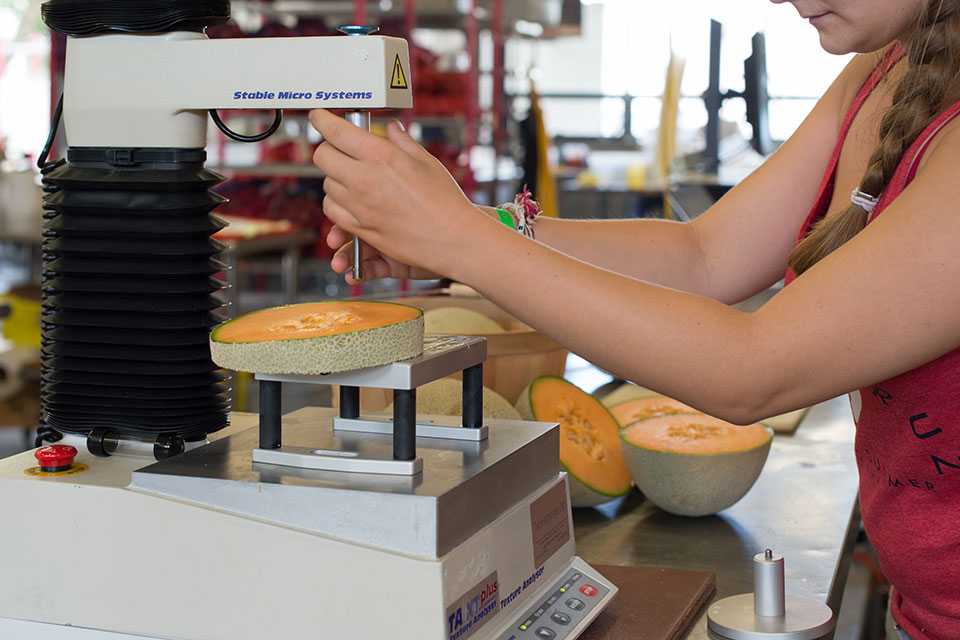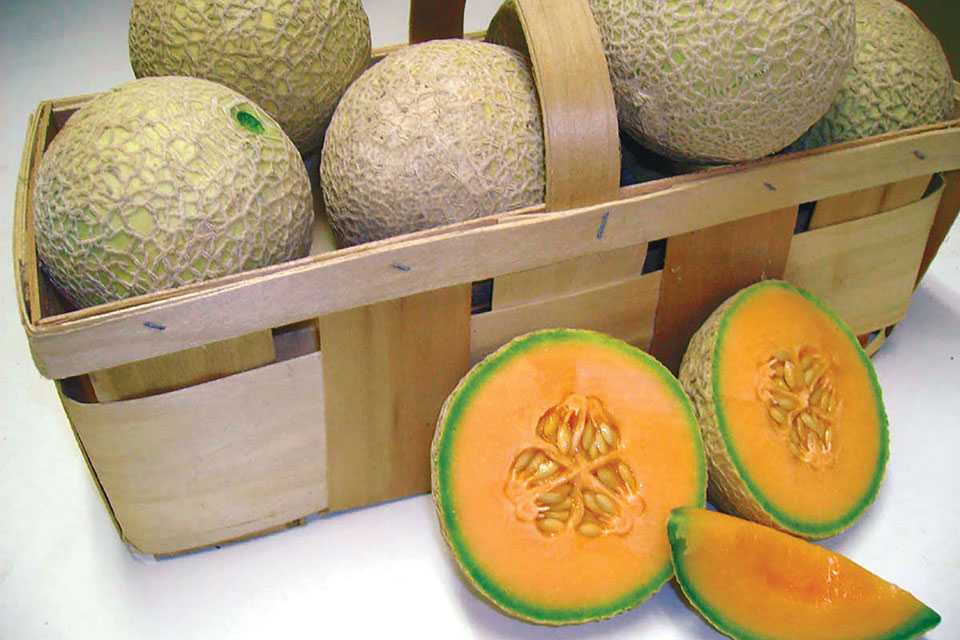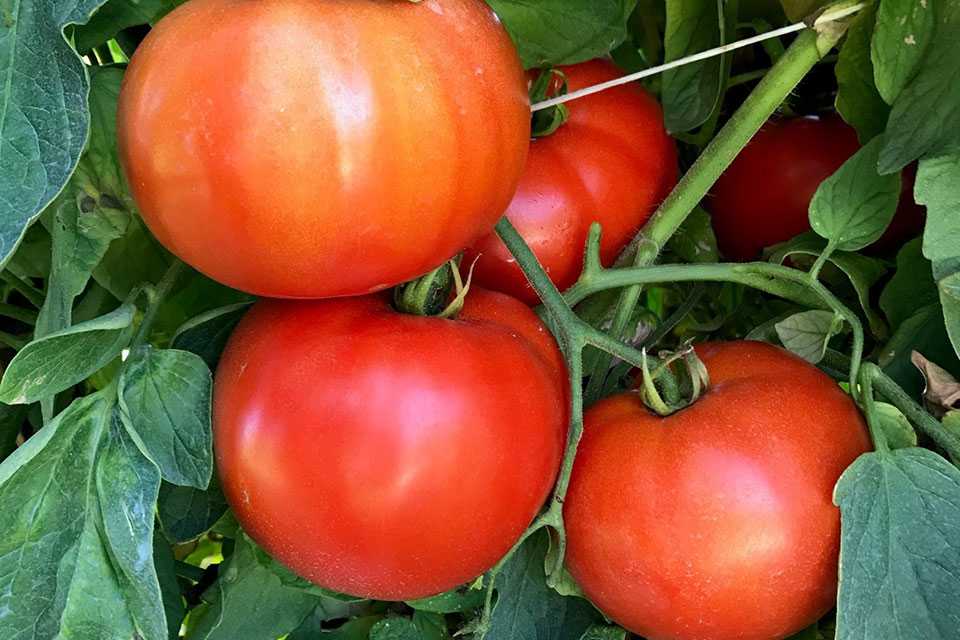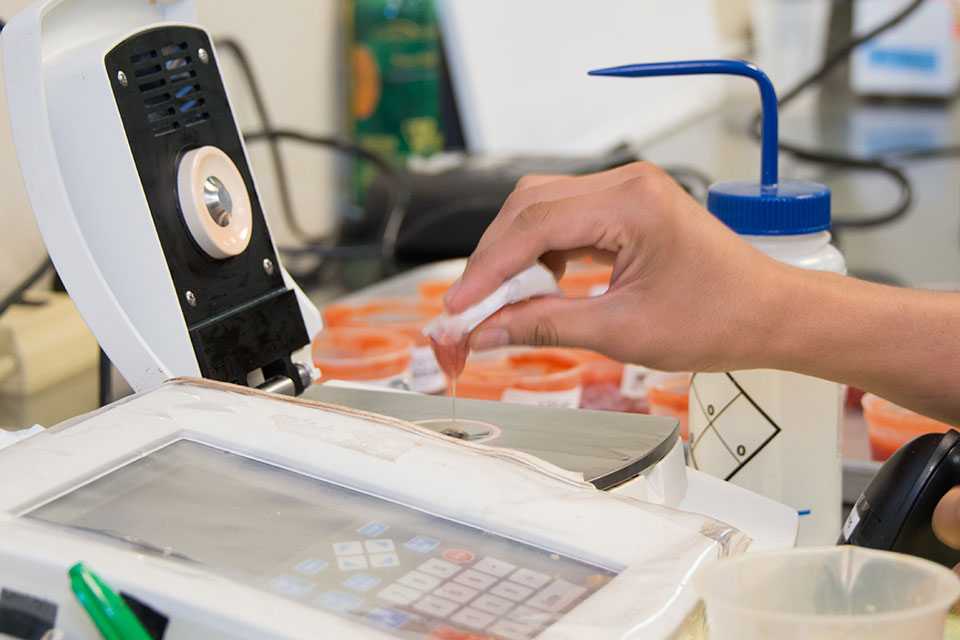Why Flavor Really Matters for Vegetable Varieties
When you hear about new vegetable varieties, you’ll hear about new resistances, better yields, and how well they ship. It’s natural for vegetable growers to focus on these pragmatic traits, since they are so basic to growing healthy crops.
But all those traits focus on the grower, not end customers. They’re focused on what tastes good, looks appealing, and offers nutrition. And your customers have been increasing their demands for those characteristics.
We reach out to breeders to find out how they’re developing new vegetable varieties for customers without sacrificing vital production features.
“It is a long, traditional breeding process, but through plant selection we can select for traits that deliver on grower needs like shape, color, size, shelflife and ease of harvest, while improving flavors that fit consumer needs,” says Robb Bertels, Senior Manager of Business Development at Sakata.
Breeders Work to Identify Consumer Needs
Each seed company has a different approach to understanding what consumers value in vegetables. Bayer Vegetables Seeds meets regularly with an advisory board made up of people throughout the vegetable industry, from those dealing directly with consumers to growers.
“It’s a forum to get insights. … It keeps us grounded,” says Gilles Galliou, Head of Commercial Operations for Bayer Vegetable Seeds in the Americas.
Galliou says each person should walk away from the meetings saying they learned something new.
HM.CLAUSE’s Communications Manager Marc Nerius says their crop teams discuss consumers’ vegetable desires regularly.
“We discuss consumer demands for nutrition content and flavor a lot internally with our fruit quality teams and are actively working on ways to have high throughput flavor assessments.”
Nerius says they understand that consumer-based traits ultimately determine grocery store success.
Grower needs dominate, naturally, since they’re the ones paying seed company bills. Few crops have the name recognition that, say, ‘Honeycrisp’ has among apples. So crops with more consumer-focused characteristics may be in the mix offered to you, but what you’ll hear most about is that they are all but bullet proof in the field.
It’s a balancing game, Bertels says.
“We work to balance the grower community needs with consumer needs,” he says.
Which Traits to Aim for?
The HM.CLAUSE crop teams have several traits they focus on: “the look (fruit shape and color), taste (fruit sweetness and acidity), aroma (fruit smell and intensity), and texture (fruit firmness, juiciness, and crunchiness),” Nerius says.
The needs differ by crop, naturally.
“For melons, flavor is extremely important,” Nerius says. “In hot peppers we focus on flavor, heat level, and aromatics by type”
Sometimes desirable consumer traits can be at odds with grower needs.
“We are fully aware of the tradeoff between yield (more water in fruit) and flavor,” Nerius says. “We taste and measure capsaicin on our advancing serrano and jalapeno hybrids, including this as a criterion for product advancement into our commercial portfolio.”
The Consumer Role
Along with a growers’ reliability, consumers ultimately determine which vegetables stores or chefs will buy.
“Consumers buy with their eyes,” says Axia Seeds’ John Davis. Axia is a division of Voloagri. “It is therefore important for our tomatoes to have deep, beautiful color.”
Rather than dividing variety qualities between grower needs and consumer needs, HM.CLAUSE says they ultimately serve both groups.
“We believe in downstream opportunities based on a true partnerships, great products, and pragmatic innovations.” says Enrique Severeyn, HM.CLAUSE Hot Pepper and Tomatillo Product Manager.
And aiming for these consumer qualities makes ultimate sense.
Sakata’s Bertels says you need to stay tethered to market needs. He mentions a recent pink pineapple that hit the market.
“There may be a market for something like that, but major commercial production needs to be aligned with the economics of the market needs,” Bertels says.
How to Quantify Traits?
One of the biggest challenges with features like flavor is they’re hard to measure.
Take peppers. You can measure heat with the Scoville scale, but how do breed for tang or brightness? Or for a blend of flavors?
“It’s important to add that taste depends on the market. For example, the American and Mexican pallets differ for hot pepper products slightly. This reinforces how subjective taste is,” says Joseph Jacobs, HM.CLAUSE Hot Pepper Breeder.
For breeders, the bigger question is can you identify reliably and build them into new varieties.
As a breeder at HM.CLAUSE, the big challenge can be defining the differences and then measuring with an appropriate tool (aromatic headspace, sugars, taste panel, capsaicin measurements, etc.),” Jacobs says.
One way to identify flavor qualities is simple: taste tests.
If you visit seeds companies, you’ll almost always be offered a taste of new lines. Some breeders make a science of it.
“We work with famous chefs in Europe who help us to better understand and evaluate the flavor characteristics of our varieties,” says Axia’s Davis.
Axia also invited North American produce retailers and marketers into their demonstration houses to taste crops together.
“This begins an ongoing conversation, which creates a continuous feedback loop, providing critical input to our breeders,” Davis says.
Sakata draws on all its resources, both internal and external.
“Many individual growers employ taste panels to test product, and we also rely on taste panels and university research internally, and with our sister companies around the world,” Bertels says.
Creating a New Way to Measure Flavor
HM.CLAUSE is taking it a step further. It has collaborated with the University of California, Davis, to tackle the issue.
“Through sensotyping and various flavor panels, the project assessed the subjective nature of flavor beyond Brix,” Nerius says.
It has successfully done sensory analysis on a set of genotypes and then assessed them for a variety of flavor profiles.
It didn’t stop there.
“Concurrently, biochemical analysis was done on the same genotypes and a multitude of volatile compounds were measured. Finally, a correlation was done between sensory analysis and volatile presence to hypothesize which compounds were contributing to flavor profiles, both desirable and undesirable,” Nerius says.
What Lies Ahead?
The pandemic has shown us just how quickly market conditions can change. Breeding, though, takes a long time, not lending itself to catering to the trend of the moment. Rather, breeders focus on long-term trends due to the realities of the process.
That said, most breeders have several crops in every stage of development.
“Although there is a long ramp up, there are enough crops in the pipeline to give them flexibility to respond to market shifts,” Galliou says.
Part of that is staying so closely involved with the market, you’re a few steps ahead.
“Any breeding program needs to be aligned with what the market wants —even if the market doesn’t know it yet,” Bertels says.
So the crop you will want to grow in two or three years is likely on its way. Breeders identified the need a few years ago and got to work.
“We cannot plan varieties that do not yet exist,” Galliou says.

















